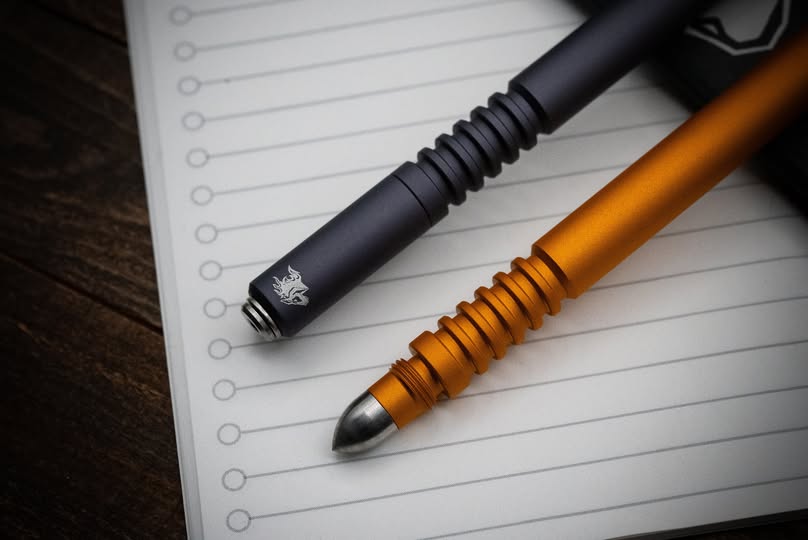A History Modern Folding Knives: The Evolution That Shaped Rick Hinderer’s Designs


Live the Lifestyle
Subscribe to our lifestyle blog and be the first to receive latest articles, videos, how-to information and customer photos
A History Modern Folding Knives: The Evolution That Shaped Rick Hinderer’s Designs
In the first episode of Slicing Through History, Rick Hinderer walks us through the modern evolution of folding knives—from Civil War friction folders to the lockbacks, liner locks, and frame locks that define today’s tactical and everyday carry blades. But this isn’t just a history lesson—it’s also the story of how those innovations directly influenced Rick’s journey as a knife maker and shaped the designs that would become the hallmark of Rick Hinderer Knives.
From Friction to Function
The earliest folding knives were friction folders—simple, durable, and used as far back as the Civil War. These knives didn’t rely on springs or locks, but rather clever design. The user’s grip held the blade open, thanks to a tail on the back of the blade that folded into the handle.
After the Civil War, innovations took hold. By World War I, slip joints had become the standard. These knives used spring tension to hold the blade in place, both open and closed. They were the multitools of their day—used by soldiers to open rations, sailors to splice rope, and tradesmen for just about everything else. Many were made from bone, and remarkably, some still function today with the same satisfying “walk and talk” collectors prize.
The Locking Blade Breakthrough
The next major leap was the lockback knife. Rick credits the Buck 110 as a turning point: a mass-produced knife that introduced the concept of a folding blade that locked into place, giving users fixed-blade strength in a pocketable format. For Rick, the lockback wasn’t just a milestone in knife history—it was a mechanical challenge that drew him in.
As Rick transitioned from fixed blades to folders in the late ’80s, he started with slip joints and lockbacks. Each one taught him more about engineering, balance, and precision. Working without modern CAD tools, he prototyped ideas with cardboard and pins before cutting into steel. That hands-on process instilled a deep understanding of how every angle, spring, and lock interface mattered.
From Function to Form: The Birth of Hinderer Design
With time, Rick ventured into liner locks and, eventually, frame locks—each offering new design possibilities. Liner locks, especially, opened doors to artistry. Since the spring mechanism was internal, the backspacer could now be a decorative feature. Rick experimented with filework turning functional knives into pieces of art.
This transition also brought a new material into Rick’s shop: titanium. Learning to cut and shape titanium with simple tools wasn’t easy—it meant trashed bandsaw blades and a few learning curves. But that experimentation with high-performance materials laid the groundwork for what would become Rick Hinderer’s signature design language: robust, overbuilt folders with the soul of a precision instrument.
Innovation Through Influence
Rick’s acknowledges the legacy of fellow innovators like Chris Reeve, who pioneered the frame lock. But what makes Hinderer Knives stand out is how Rick pulled from every chapter of folding knife history and applied it to his own unique path—from the first slip joint he ever owned to the first XM-18 he ever built.
That lineage runs through every Hinderer model: the XM-18, Eklipse, Firetac, Maximus, Jurassic, and beyond. Each one is the result of decades of design evolution, engineering refinement, and a deep respect for history.
Looking Back to Move Forward
Slicing Through History is more than a look back—it’s a reminder that the past shapes the tools we carry today. Rick’s designs are a tribute to the makers who came before, a celebration of the innovations that moved the industry forward, and a promise that there’s always more to explore.
So whether you’re new to the world of Hinderer Knives or a long-time member of the Herd, this series is your front-row seat to the legacy—and future—of modern folding knives.


